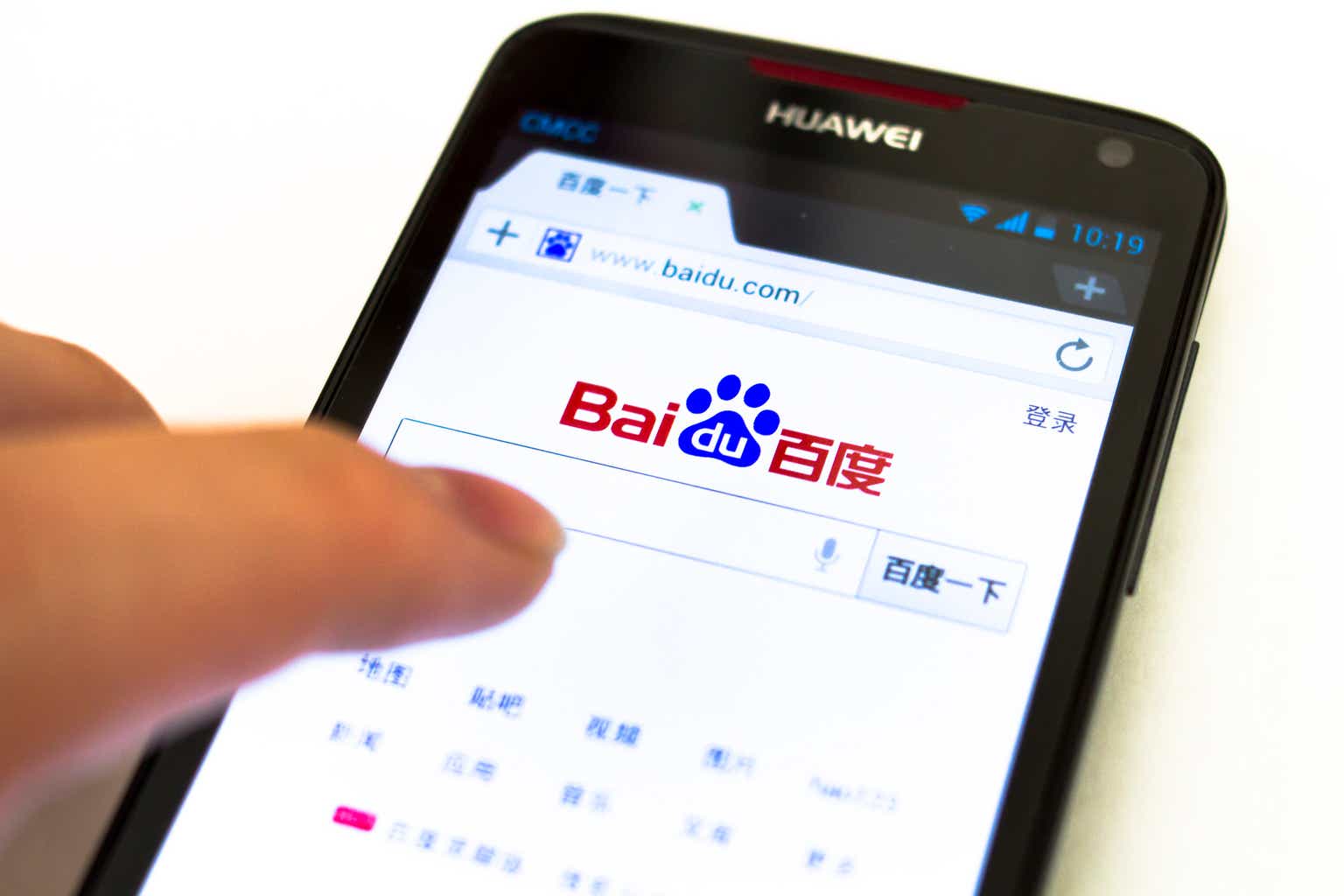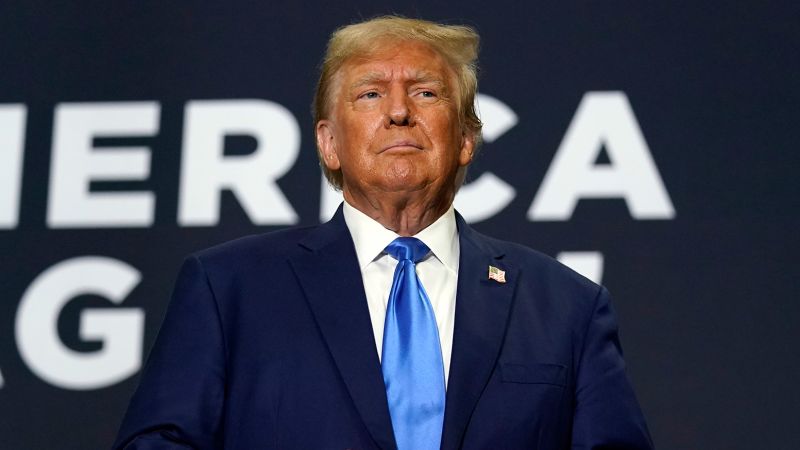Baidu (NASDAQ:BIDU)(OTC:BAIDF), China’s leading search platform, just held its ‘Baidu World’ conference (replay here), highlighting the impressive progress China tech has made in closing the artificial intelligence (‘AI’) gap. Like key tech/AI peers Tencent (OTCPK:TCEHY) and Alibaba (BABA), Baidu is actively integrating AI capabilities into its ecosystem, with use cases stretching beyond core search and advertising into adjacencies like travel, cloud, and autonomous driving, among others.
At the heart of Baidu’s AI push is Ernie 4.0, China’s ChatGPT 4.0 equivalent, and the country’s first-mover in generative AI. Overcoming Baidu’s advantage here will be no mean feat, given the years of capital-intensive R&D, stringent regulatory approvals, and, more recently, limited cutting-edge chip access. Hence, the market looks poised to consolidate around a handful of tech giants, paving the way for better potential generative AI profitability for Chinese big tech going forward.
For all the AI hype, though, it’s worth keeping in mind that Baidu’s core search business is still levered to a deteriorating macro. Yet, its undemanding valuation helps in this regard – adjusted for the company’s net cash balance, the headline low-teens fwd P/E (including a 48% stake in iQiyi and a ~9% stake in Trip.com) moves closer to the high-single-digits relative to a sub-10% earnings growth outlook for Baidu core. Note that this conservatively assigns little to no credit to the embedded China-specific AI and autonomous vehicle optionality in Baidu equity. From here, all eyes will be on AI monetization; the market isn’t valuing Baidu’s optionality anywhere near its US counterparts, leaving compelling re-rating potential on the table.
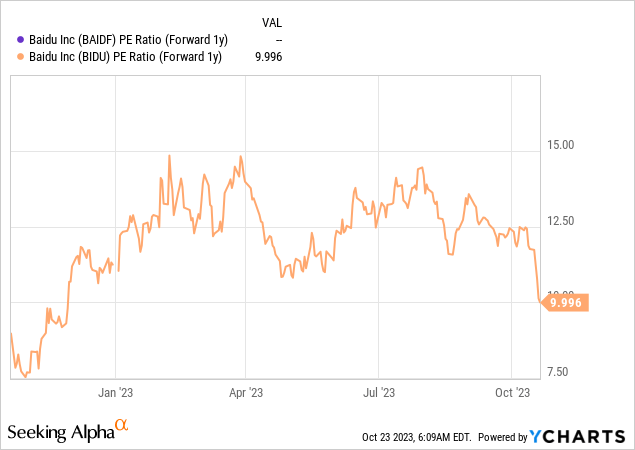
Unveiling Ernie Bot 4.0 at ‘Baidu World’
The new version of Baidu’s generative AI offering, Ernie Bot, was the star of its annual ‘Baidu World’ conference held last week. On paper, Ernie 4.0 is “not inferior” to OpenAI’s ChatGPT 4.0 (a first for Chinese AI) and makes fundamental improvements in understanding queries, response complexity, and memory over its version 3.0 predecessor. Unlike the March presentation, CEO Robin Li also successfully put the Mandarin-based Ernie Bot through the paces in real-time, highlighting its ChatGPT-like capabilities in tasks such as generating commercials and solving math problems. At first glance, the progress is encouraging, but I wouldn’t read too closely into Baidu’s claims pending more comprehensive benchmarking evidence in the coming months.
Baidu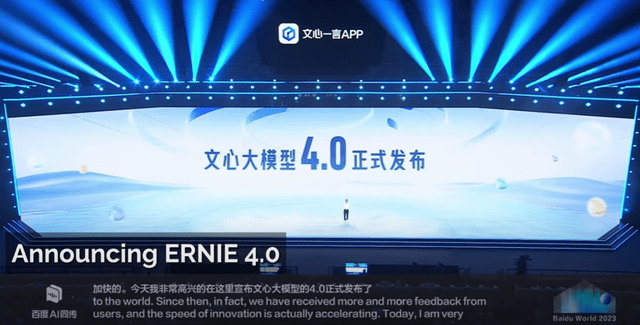
The key positive read-through, in my view, is Baidu’s roadmap to integrate Ernie 4.0 into its ecosystem. Unsurprisingly, Baidu Search is first in line for an AI upgrade, following in the footsteps of Microsoft’s (MSFT) Bing AI with a ‘smarter’ search experience (AI-generated answers vs a list of link results). Baidu’s advertising will also get a boost via Qing Duo, a new system aimed at enhancing advertising efficiency (and, by extension, boosting ad spend) by improving the process of generating and managing marketing campaigns.
Baidu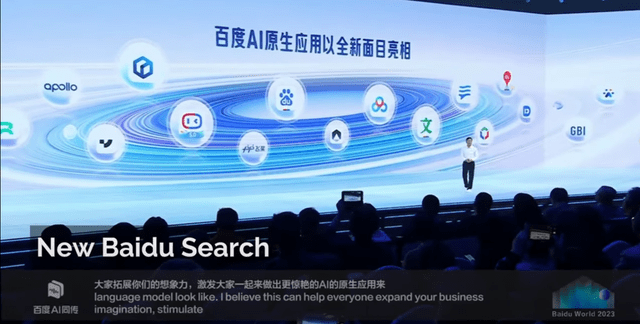
Outside of Baidu core, Ernie 4.0’s new use cases include intelligent virtual assistance for work and travel (Baidu Ruliu), as well as AI-powered navigation targeted at ride-hailing and robotaxi services (Baidu Maps). Also on the agenda are AI-enabled new expansion opportunities, albeit in a highly competitive live-streaming e-commerce market.
Baidu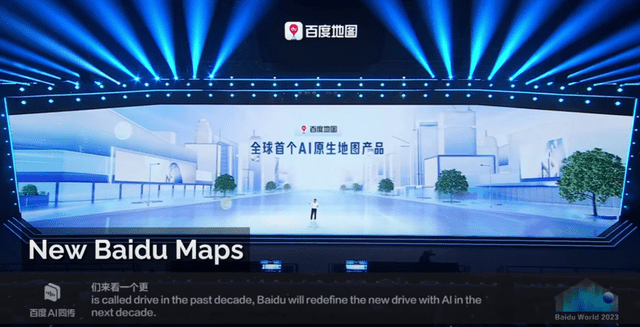
Baidu’s best hope of near-term monetization, in my view, remains in licensing out its models, along with training and related services needed for meeting customized enterprise needs via its large model platform, Baidu Qianfan. AI should also prove near-term accretive to cloud services, given the significantly increased need for compute, which Baidu can sell, to run generative AI models. On balance, though, expect early AI to be more of a drag on capex before unlocking meaningful new income streams, as these products are not quite commercial-ready yet.
Baidu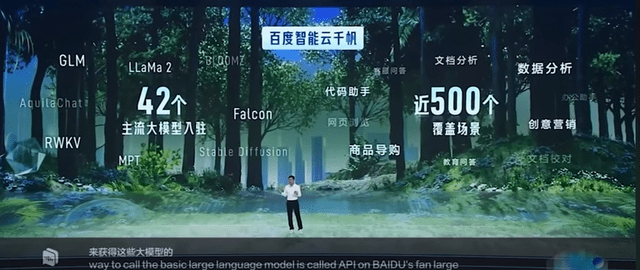
Silver Linings for Baidu Amid Ramped Up Chip Sanctions
The event was marred, however, by more advanced semiconductor export controls by the US Department of Commerce’s Bureau of Industry and Security. Following up on last year’s sanctions on Nvidia (NVDA) H100 exports, restrictions were tightened to include AI accelerators such as Nvidia’s A800 and H800 chips (previously used as a loophole), as well as AI-related semiconductor manufacturing equipment from Applied Materials (AMAT), Lam Research (LRCX) and KLA (KLAC).
The good news is that Baidu can shield itself from some of the near-term damage, having already stocked up on chip inventories earlier this year. Over the mid to long-term, however, the company’s lack of access to cutting-edge chips will certainly set back its AI development curve relative to its US counterparts. It remains to be seen if Baidu’s upcoming Kunlun 3 or other domestic chips can support its needs anywhere near as effectively or be mass-produced to meet demand according to schedule (early 2024 mass production target for Kunlun 3 per Baidu).
Domestically, on the other hand, tighter chip export controls could entrench Baidu’s lead. Ernie Bot (‘Wenxin Yiyan’) has consistently topped download rankings on IOS China since its release (note eight other large language models received regulatory approval in August). The other major Chinese tech players are presumably behind the curve, given Baidu has been the first to market with a GPT 4.0 equivalent, and will have a harder time catching up with limited chip access. As for smaller Chinese upstarts, restricted access means replicating Baidu’s current lead across the full AI stack (applications, models, frameworks, and chips), the result of massive R&D investments over the last decade, may prove insurmountable. Thus, expect more industry consolidation around Baidu, Alibaba, and Tencent, as well as a (potentially) very lucrative profit pool as enterprise adoption ramps up.
Baidu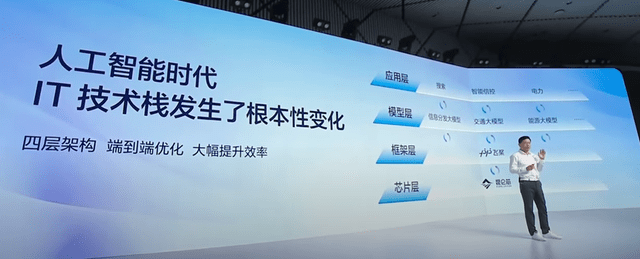
Don’t Sleep on China’s AI Champion
Baidu stock got slammed again last week as the market inferred the worst from another set of semiconductor export restrictions by the US. While these restrictions are clearly a net negative for the Chinese tech sector, now at risk of becoming collateral damage in the fallout of the US-China tit-for-tat, it could well entrench Baidu’s domestic first-mover advantage in generative AI.
As this year’s ‘Baidu World’ event (themed ‘Prompt the World’) emphasized, Ernie 4.0, Baidu’s answer to GPT 4, ticks all the technical boxes. Capex requirements are high, but integrating generative AI into the existing ecosystem looks to be a net accretive exercise even before accounting for incremental optionality via a growing portfolio of AI-native applications.
The good news for investors looking to deploy new capital is that few (if any) of the AI positives are priced in at current levels. Instead, the market is focused on Baidu’s impaired earnings power as a result of geopolitics and its core ad-dependent business coming under pressure from a slowing economy. This leaves the stock priced at a net cash-adjusted high-single-digit P/E (including minority stakes) – very attractive for anyone willing to underwrite fairly conservative earnings growth assumptions, never mind the ‘free’ future AI optionality. In the near term, the stock will probably trade sideways into earnings next month, though any progress on unlocking new generative AI income streams or mitigating the fallout of chip restrictions could trigger a re-rate.
Editor’s Note: This article discusses one or more securities that do not trade on a major U.S. exchange. Please be aware of the risks associated with these stocks.
Read the full article here
